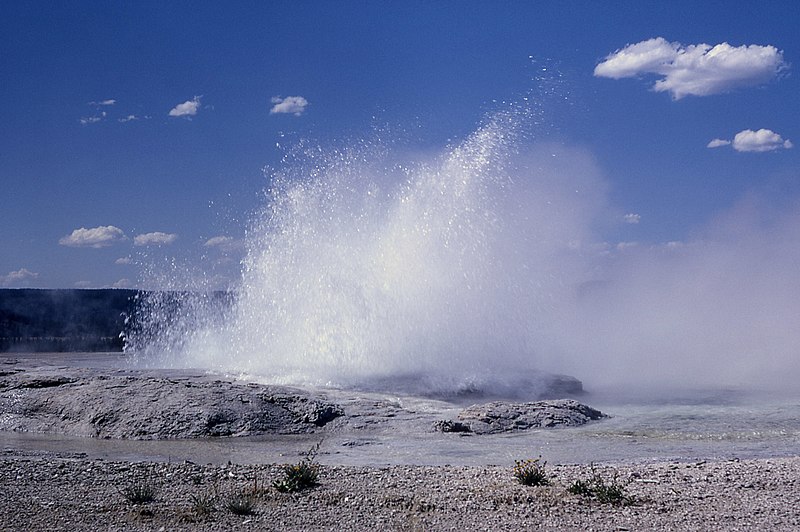Geothermal Direct Heating in My Home

My family and I recently moved from Darwin to Caulfield, a Melbourne suburb in Victoria. I wanted to be close to my job, I work as an acupuncturist in one Melbourne clinic; and my wife and I were beginning a new phase of our lives with the birth of our third child. Of course the question of what to use for energy source came up during the planning stages.
We wanted to minimise the cost of heating for our home. With energy rates going up, standard baseboard heating for the cold and wet winters in Caulfield would leave a dent in our ability to support the growing family. We also didn't want to depend on carbon-spewing brown coal that the majority of Victoria households use.
So my wife and I did a little bit of research and consulted our builders. With their help, we came to our final decision, that the best option for our home would be geothermal heating. Our builders told us that Victoria has a rich source of from several natural underground geothermal bores and other artificial ones. Some have been used to power towns, but direct heating to homes is also available from several companies that are developing Sedimentary Geothermal Systems (from existing reservoirs) and Engineered Geothermal Systems (artificially created reservoirs).
The System Installation
Once we'd decided we were going with geothermal water for heating, the construction guys helped us with getting the permits. If you're a landholder, you will need to obtain an Exploration Permit from the authorities if you want to extract geothermal energy from land that belongs to the Crown. The company that installs your system should also have an Extraction License.
Our builders were a great help throughout the process. They also got us in touch with a company that had already installed 20 such geothermal units in Victoria in the last 10 years and were licensed to use the technology.
Next, the building process had already begun and it was time for the pipelines to be laid. Our land had the perfect layout to let us easily bury the plastic tubing about 1.8 meters to 2.4 meters into the ground. Ours is a typical horizontal system. But you can also install a vertical system, in which the pipes are laid through holes that are about 40 meters to 60 meters deep. A mixture of antifreeze and water is circulated through the system and the home is heated. The building company helped us through each step of the way, explaining our options and being completely transparent all throughout. (Thanks guys!)
The Cost
While the initial cost is a little hefty, at around $20,000, I believe the operational costs more than make up for it. We've been using ours for a while and each month I pay only $200 towards energy costs monthly. That is at least half of any other major household energy source. The initial capital will certainly pay back down the line in 10 or 20 years when energy becomes more expensive.
The Advantages of Geothermal Heating
The direct heat obtained from geothermal energy can be used for heating water, forced air conditioning and for hydronic slab heating, among other things. The technology uses the fact that the hot water in underground reservoirs remains within a constant range of temperatures. Heat is transferred from these reservoirs to the house with a very high efficiency.
We've been using our two 14 kW heat pumps for a while now with their two fan coil units. They heat water to about 40 degrees C for our domestic hot water and the floor heating. Inside our home the temperature is a comfortable 22 to 24 degrees C, but we can change cooling or heating requirements.
Our heating providers worked with the builders and gave us a choice between indoor and outdoor units. We chose an indoor one, as no ventilation is required. The system is very safe to use and incredibly quiet as well, so I'm immensely pleased with it. It remains to be seen if it is the same a few years down the line!


0 Comments
Recommended Comments
There are no comments to display.